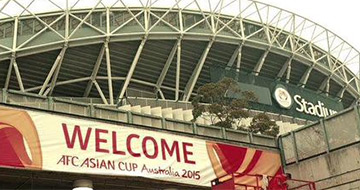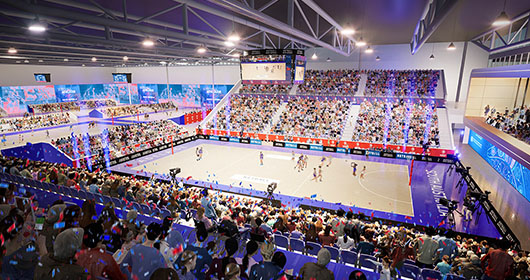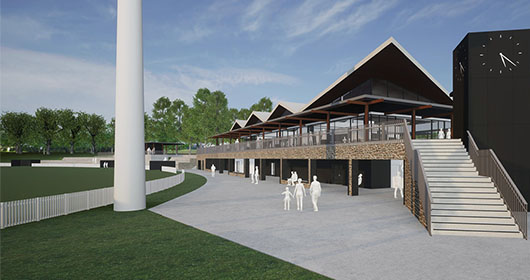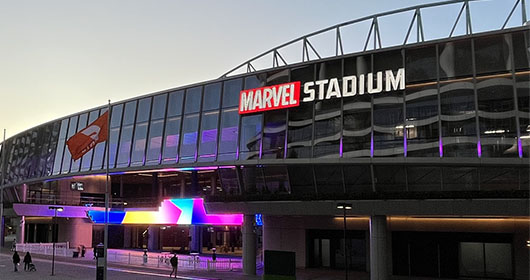Stadiums in lockdown ahead of Asian Cup

The 2015 AFC Asian Cup kicks-off this Friday and all host venues around Australia have now been handed over to the local organising committee ahead of the tournament.
The Asian Football Confederation showpiece is the biggest football tournament to be held in Australia and matches will be played at five stadiums across the eastern states of the country, all of which were handed over 10 days prior to the start of the event.
This is to ensure they are clear of all advertising and to comply with security measures to protect teams and spectators.
All five venues have been re-branded for the tournament, primarily due to strict commercial arrangements that exist for the Asian Cup, similar to the FIFA World Cup.
ANZ Stadium (Sydney) reverts to its original name and what it was known as during the Sydney 2000 Olympics – Stadium Australia (also previously known as Telstra Stadium). Capacity: 83,500. Matches: 7, including a quarter final, semi final and the final.
AAMI Park (Melbourne) will be known simply as Melbourne Rectangular Stadium during the event – a name it was commonly referred to during construction. Capacity: 30,000. Matches: 7, including the opening match and a quarter final.
Suncorp Stadium (Brisbane) will be known as Brisbane Stadium, as oppose to its traditional non-commercial name, Lang Park. Capacity: 52,500. Matches: 7, including a quarter final.
GIO Stadium (Canberra) reverts to what it was known as before GIO purchased the naming-rights a year ago, Canberra Stadium (the venue was originally known as Bruce Stadium). Capacity: 25,000. Matches: 7, including a quarter final.
Hunter Stadium (Newcastle) – although it’s currently the only Asian Cup venue without a naming-rights sponsor, it will also change its name, to Newcastle Stadium for the tournament. It has previously been known as the Newcastle International Sports Ground, Marathon Stadium, EnergyAustralia Stadium and Ausgrid Stadium. Capacity: 33,000. Matches: 4, including a semi-final and third-placed play-off.
All commercial branding has been removed from the venues including major exterior signage to comply with the strict AFC guidelines.
In addition, there are 10 venues around the country being used as training venues for the 16 countries. Most have benefited from upgrades, primarily playing surfaces, leaving a legacy after the tournament. Like the five major venues, these are also in lockdown and protected by security to ensure the safety of players and officials.
The training venues across the five host cities are – Brisbane: Queensland Sport and Athletic Centre & Perry Park. Canberra: Deakin Stadium & McKellar Park. Melbourne: Lakeside Stadium & SS Anderson Reserve. Newcastle: No.2 Sportsground & Wanderers Oval. Sydney: Kogarah Jubilee Oval & Leichhardt Oval.
The 2015 AFC Asian Cup kicks-off on Friday 9th January with Australia v Kuwait in Melbourne. A total of 24 group matches will be played with the Quarter Finals played on 22-23 January, Semi Finals on 26-27 January and the Final in Sydney on 31 January, while the third-placed play-off will be played on 30 January in Newcastle. The event is expected to have an estimated television viewing audience of 1 billion people.
Australia is set to put on a cracking Asian Cup when Asia's best head Down Under in January! #AC2015 https://t.co/mN0AwNrFrF
— AFC Asian Cup (@afcasiancup) December 10, 2014





